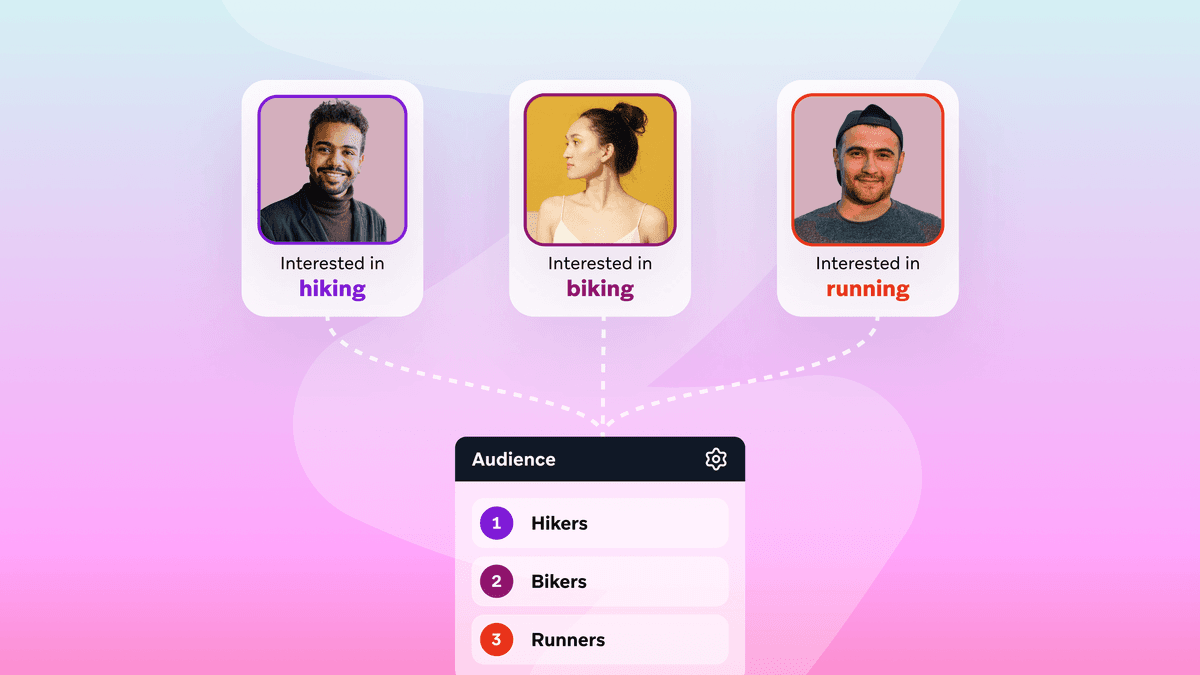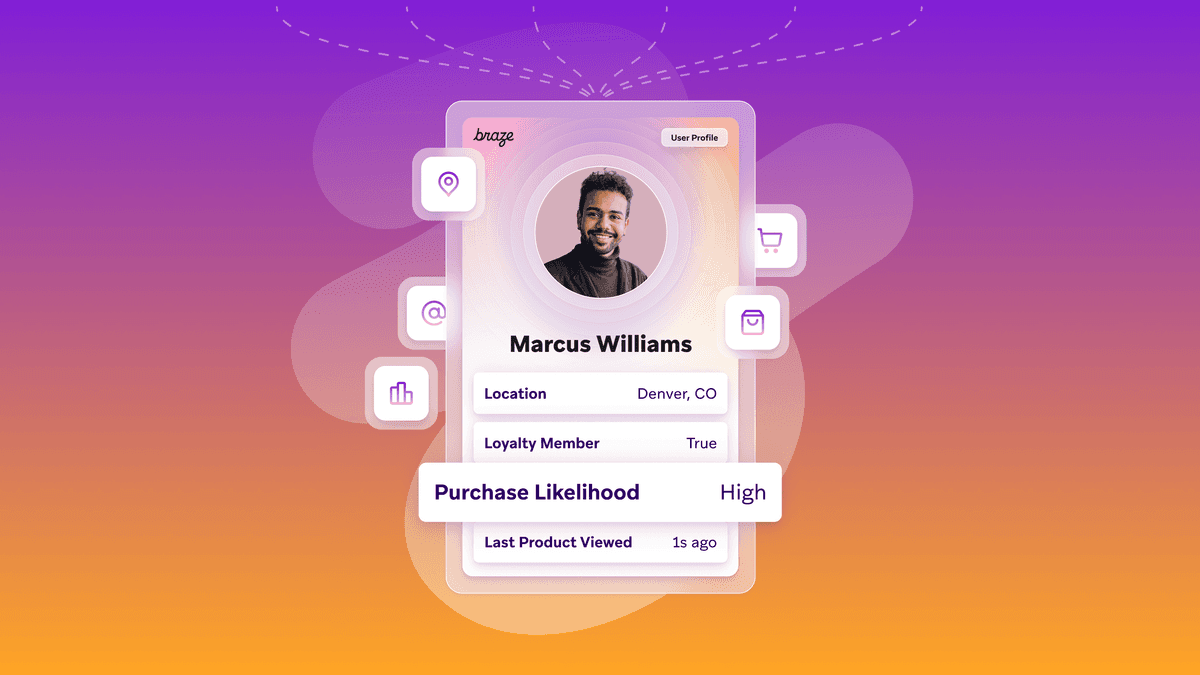3 Ways to Amplify Your APAC Push Strategy
Published on September 27, 2022/Last edited on September 27, 2022/5 min read


Haley Trost
Senior Product Marketing Manager, BrazeIn today’s global economy, many brands serve a diverse customer base including people who live and work all over the world. Understanding the nuances of each region has become a major challenge for global marketers, especially as consumers worldwide demand experiences that feel personal and relevant.
The devices and platforms that are commonly used in a given region are one of those nuances that brands need to stay on top of. Platforms that are popular in one region may be totally unheard of in another, and devices produced in one region may offer different functionality than those produced in another. One example: Android devices manufactured by Chinese OEMs (Original Equipment Manufacturers) tend to have lower push notification delivery rates, which can impact your customer engagement strategy in the APAC region.
The Chinese Android devices in question—Xiaomi, OPPO, and Vivo, to name a few—optimize for longer battery lives, which naturally sounds like a benefit consumers would want in a mobile device. However, one consequence is that much of the real-time information consumers also want is shut down automatically in order to preserve the battery. These devices shut down background app processing whenever possible, which can prevent push notifications from being delivered to your customers.
Some push platforms attempt to solve this by retrying the send again and again, or by circumventing FCM (Firebase Cloud Messaging), the service that delivers push notifications to Android devices. Unfortunately, there’s no guarantee that these hacky workarounds consistently improve deliverability rates, let alone overall campaign results. A smarter, more reliable way to amplify your push notifications in APAC is to craft a thoughtful cross-channel strategy that respects mobile users’ preferences and reinforces messages wherever mobile users are active.
Trying to expand your reach in APAC? Here are three guaranteed ways to amplify your push notification strategy in this region:
1. Prime mobile users for push notification delivery
Before you can send a push notification to your mobile app users, those users need to give you permission to do so. Don’t rely on the one-size-fits-all system prompt to grow your audience: Take advantage of push primer campaigns to educate users on the content and value of the notifications you send, giving them real reasons to opt in to this channel. This is also an opportunity to ask your customers directly (through an in-app message survey or preference center) about the types of push notifications they want to receive from you.
Once customers opt in to receive push notifications, there are additional steps they can take on their end to improve message delivery. Follow up your push primer message with an in-app message targeted to users on Chinese OEM devices that shares these simple steps:
- Enable “auto-start” for the app
- Disable battery optimization for the app
- Pin the app to the recents page
A personalized, educational app onboarding experience goes a long way to improving later campaign results.
In case you missed it, we recently made it even easier to create push primer campaigns with new no-code click actions.
2. Deliver your message to the right audience
The next step to improving key push metrics is to check that you’re sending each push message to the right audience. Not every customer wants or needs every push notification, so blasting campaigns to a mass audience often results in lower deliverability, fewer opens, and more opt-outs.
A tried-and-true strategy for reaching the right audience is to trigger your push notifications based on an individual’s recent actions. Did a user start a task, but not finish? Nudge them to return to your app to complete it. Is someone on a streak? Congratulate them on their dedication and encourage them to keep it up. These relevant messages are highly engaging; plus, delivery rates on Chinese OEM devices are higher for users who were recently active in the app, so these action-based messages are more likely to be delivered.
3. Amplify your message across channels
Even the most engaged customer on the most connected device is liable to miss a message or two, which is why it’s important to always reinforce your key messages using other relevant channels.
If you’re not seeing the results you want with push notifications alone, consider adding other out-of-app channels, like messaging platforms (SMS, WhatsApp, LINE, etc.) and paid retargeting ads, to your strategy. Like push notifications, these channels reach customers outside of the mobile app in order to drive them back into the app. Complement your out-of-app channels with in-app channels like in-app messages and Content Cards, which are excellent tools for resurfacing and pinning information from unopened push notifications. Users will see anything they might have missed the next time they open the app.
Korean luxury shopping platform BALAAN leaned into a cross-channel strategy that drove a 2.5X increase in conversions, a 1.5X increase in new subscriptions, and a 3X increase in message clicks. Personalized push notifications and in-app messages were the heart of the strategy, but BALAAN still wanted to reach customers who couldn’t or wouldn’t receive mobile push notifications. They turned to webhooks to reach customers outside of the app with personalized nudges to complete purchases on items left in shopping carts and wish lists.

Final Thoughts
You don’t need to seek out expensive technical solutions to a problem that’s easily solved by a solid cross-channel strategy. Combine that with a little extra customer education, and you’ll get your message across with improved delivery, opens, conversions, and more.
Check out our other tips and tricks for making the most of push notifications!
Related Tags
Be Absolutely Engaging.™
Sign up for regular updates from Braze.




